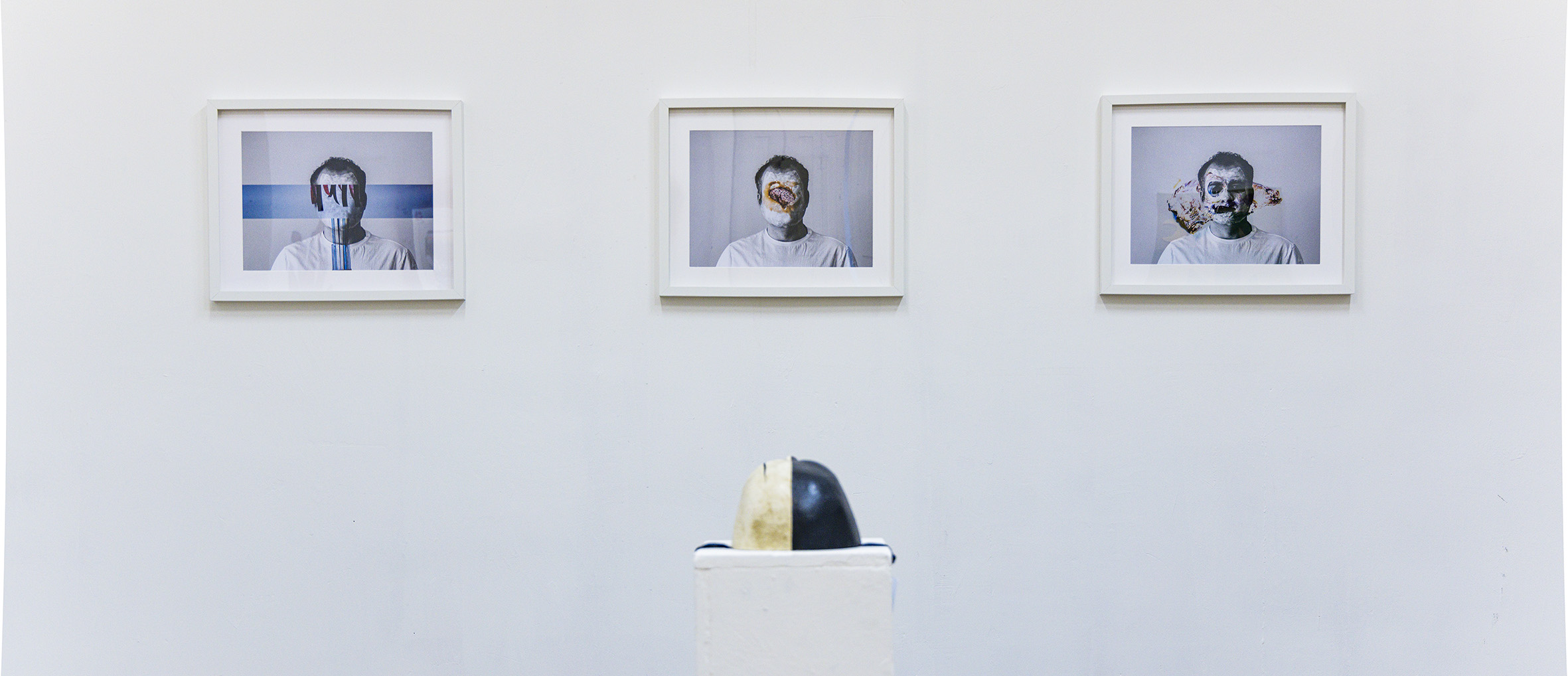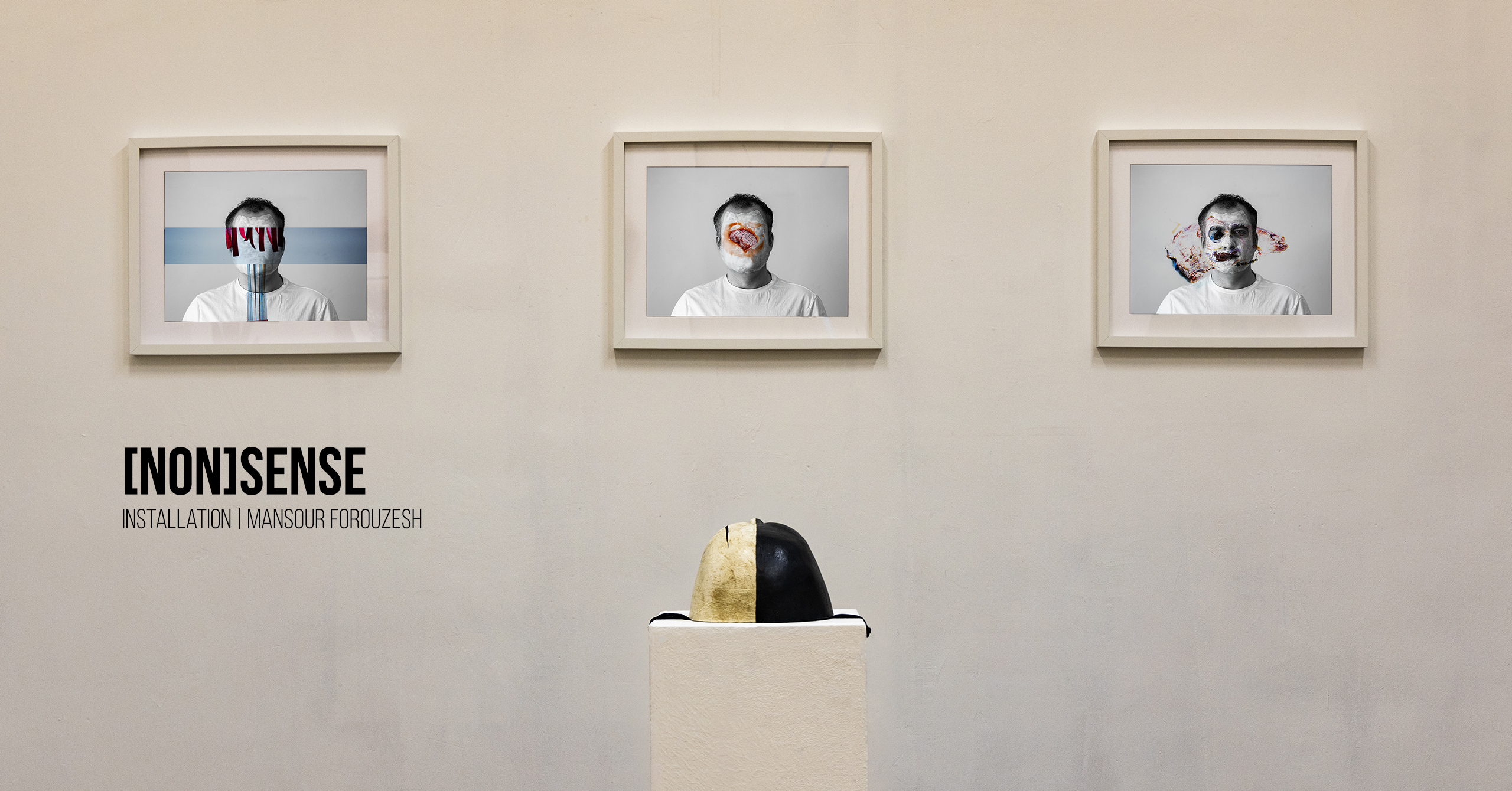
SnapShot of a Question
Group Exhibition
May 17 – June 11, 2024
Feszty Haz | HUFA
Budapest, Hungary
Presented Work: [NON]SENSE
[NON]SENSE is a multi-layered art installation exploring the fragile boundary between meaning and meaninglessness through photography, video, and interactive objects. Inspired by Freud’s theory of personality, the work unfolds in three stages—Id, Ego, and Super Ego—guiding the audience from instinctive perception to critical self-reflection. Engaging both the outer and inner worlds, [NON]SENSE challenges viewers to confront their own interpretations and question the narratives they construct.

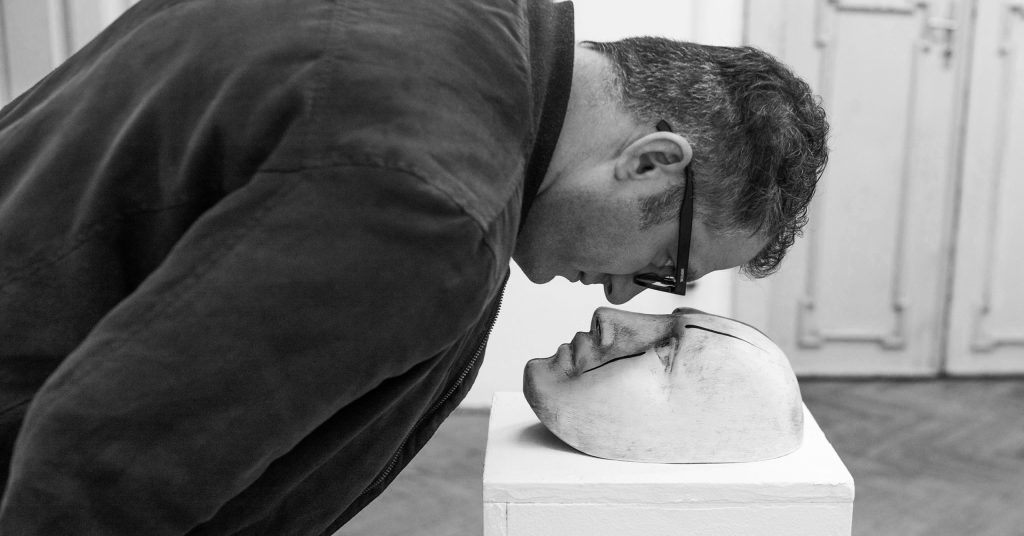
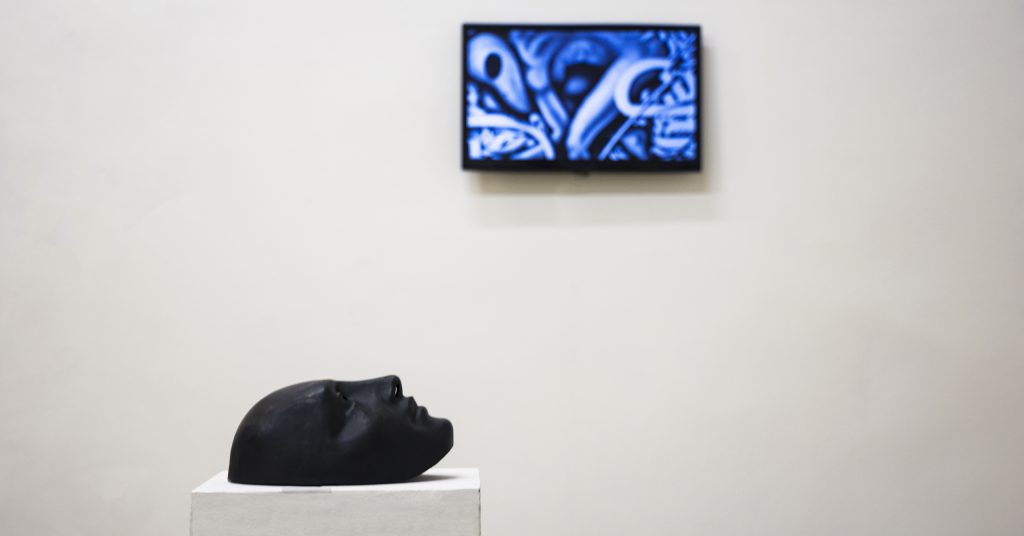
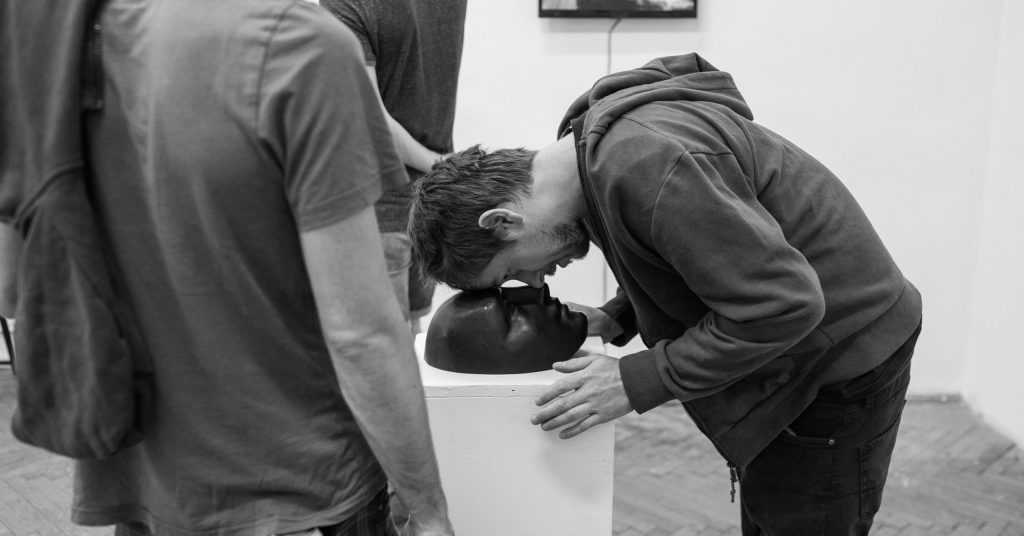
The [IN]VISIBLE MEANING photography project originated from a fundamental question about the meaning of life: How much of the meaning we perceive is derived from a transcendental reality, and how much is shaped by human perception? To explore this question, I experimented with various formats.
Early works, like the FEAR photo series, allowed viewers to connect with the narrative based on their own lived experiences. In an attempt to communicate my own interpretation of meaning more directly, I began incorporating other elements into the presentation. For example, in my first solo exhibition, I presented the Comfort Zone photo series in a dusty, abandoned part of the building.
This choice emphasized the unease of urban living, the series’ core theme. Supplementing the visual material, I offered extensive written explanations.
However, I soon realized these writings were external to the visual experience. In my next exhibition at 2B Gallery, I sought to integrate the interpretation more seamlessly into the gallery space itself. Alongside a series of Bubble photos, I added a balloon and metal wire to demonstrate how what viewers saw was merely a play of light and shadow captured by the camera—not necessarily imbued with any preordained meaning.
In this latest exhibition, I aim to engage the audience more directly in the process of interpreting meaning. Rather than emphasizing that life’s meanings are random intersections we choose to define as “significant,” this show introduces a new approach focused on audience surprise. I express a core concept through three distinct mediums. The idea is anchored in the Freudian model of the psyche: Id, Ego, and Super Ego.
The journey begins with three photographs representing the Id, which present instinctive and visceral visual cues about meaning, perception, and interpretation. These are followed by a video installation titled Ego, which prompts the audience to engage more critically through layered imagery and pacing. Finally, viewers are confronted with the Super Ego object—a simple yet charged combination of a mask and mirror. This final encounter invites them to confront their own reflection, suggesting that the meaning they seek lies within themselves. This experience underscores the idea that meaning is highly personal, varying as widely as the individuals perceiving it.
A philosophical perspective on human interpretation of the outer world often neglects the subtle, yet essential, presence of the inner world in our everyday lives. [NON]SENSE is an exploration of this overlooked relationship, examining the continuous interaction between humans and their environments—both external and internal. Through a critical lens and a multi-layered, interactive artistic approach incorporating photography, video installation, and tactile objects, [NON]SENSE challenges conventional perceptions.
It invites the audience on a journey that leads to a surprising and reflective confrontation with the self in its final stage.
The experience unfolds in three interconnected phases. The audience is first provoked by a series of photographs titled Id, which present direct yet nuanced expressions of the internal human condition—grappling with meaning, perception, and interpretation. These images speak to the instinctual, raw aspects of being, offering almost explicit cues about how individuals experience and project meaning onto the world.
The second phase, titled Ego, takes the form of a video installation that shifts the viewer’s role from passive observer to active participant.
The juxtaposition and rhythm of visual sequences prompt a deeper engagement, encouraging viewers to reassess their initial interpretations and question their relationship to the imagery. This segment acts as a bridge—drawing the audience from instinctive response to conscious analysis, echoing the function of the ego in mediating between impulse and reason.
The journey culminates with the Super Ego artwork—an interactive object that confronts the audience with their own reflection, metaphorically and literally. Here, the viewer no longer stands apart from the work but becomes implicated within it.
This final confrontation reveals a layered self-awareness, encouraging a shift from external critique to introspective questioning. What began as an analytical observation of others turns inward, transforming into a personal reckoning. In this way, [NON]SENSE prioritizes self-doubt over judgment, guiding the audience toward a more nuanced understanding of their own psychological frameworks.
At its core, [NON]SENSE delves into existential dualities such as meaningfulness and meaninglessness—concepts that may lack inherent anchors in the objective world and rely instead on the subjective lens of human consciousness. Meaning is portrayed not as a fixed truth but as a fluid, often elusive construct that emerges through the interplay between phenomena and interpretation. If either component is absent or distorted, meaning collapses, and what once seemed coherent may dissolve into ambiguity—or what once seemed nonsensical may reveal unexpected depth.
Rooted in Freud’s theory of personality, the structure of [NON]SENSE mirrors the triadic psyche: Id, Ego, and Super Ego. Each phase of the installation correlates to one of these psychological layers, offering a symbolic and experiential map of human selfhood. The photographic Id appeals to primal emotion, the video Ego engages rational analysis, and the objectified Super Ego demands ethical reflection and confrontation with one’s internalized values.
Individually, each work stands on its own, addressing a specific psychological dimension of how we interpret and exist within the world. Collectively, they form a conceptual and sensory feedback loop, encouraging repeated engagement. When revisited in sequence, the works unfold anew, reshaping perception and deepening interpretation. What first appears as linear becomes cyclical—mirroring the recursive nature of self-reflection.
Ultimately, [NON]SENSE functions as a mirror within a mirror, reflecting not just the complexity but also the contradictions of the human psyche. It examines the fragile dance between clarity and confusion, simplicity and complexity, self and other. In doing so, it reminds us that meaning is not something passively received from the world but something actively—and sometimes painfully—constructed within it.
